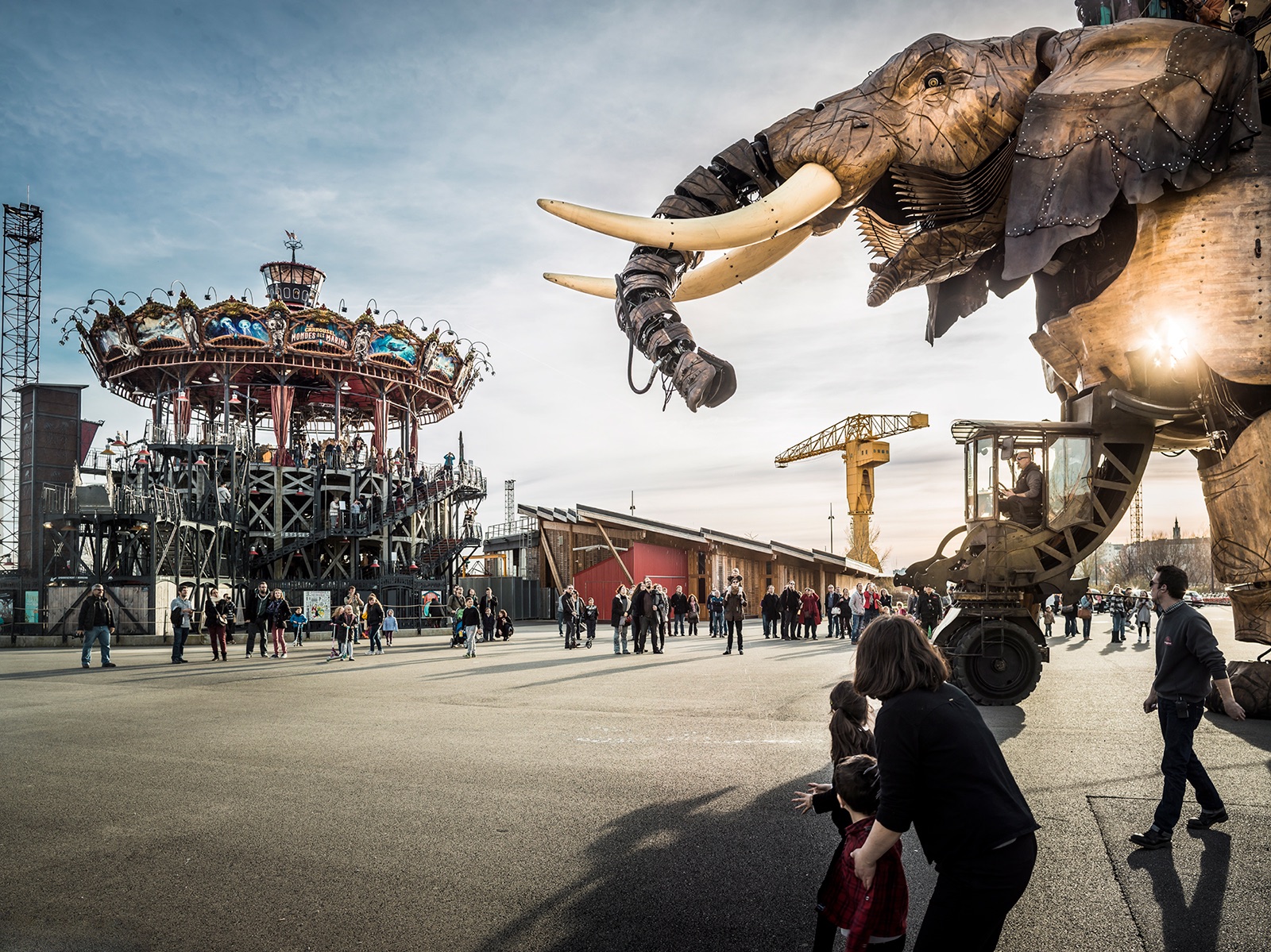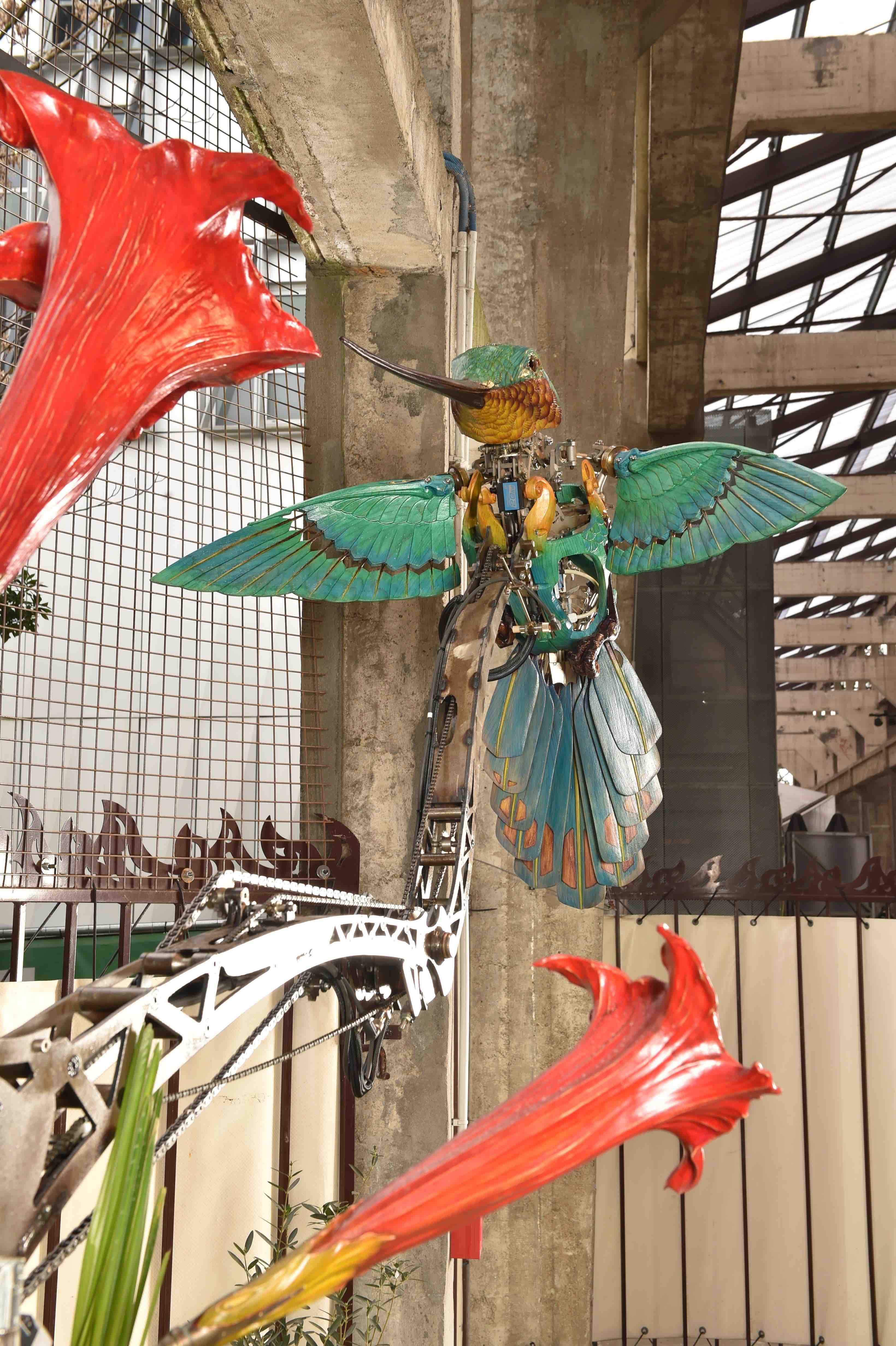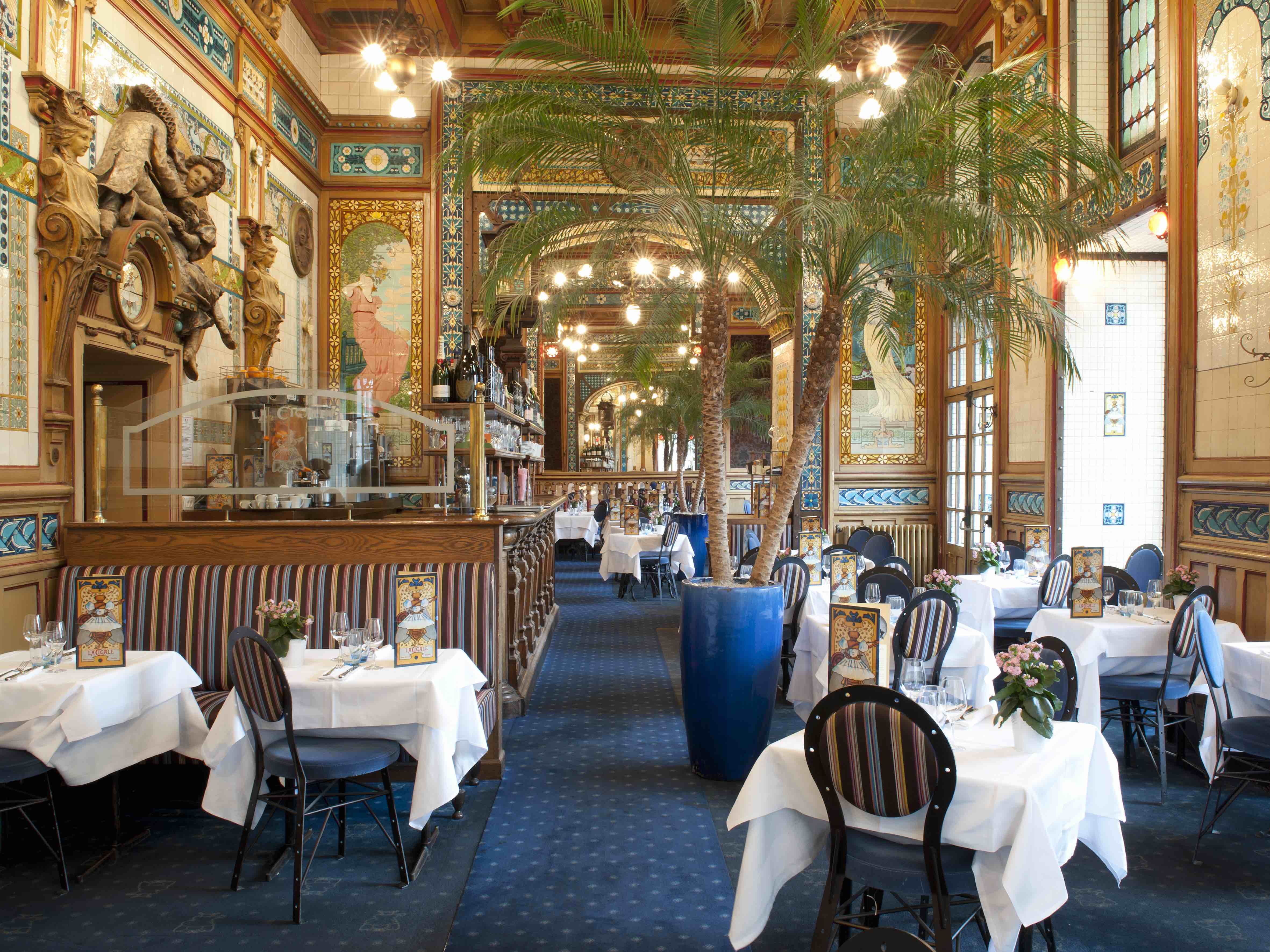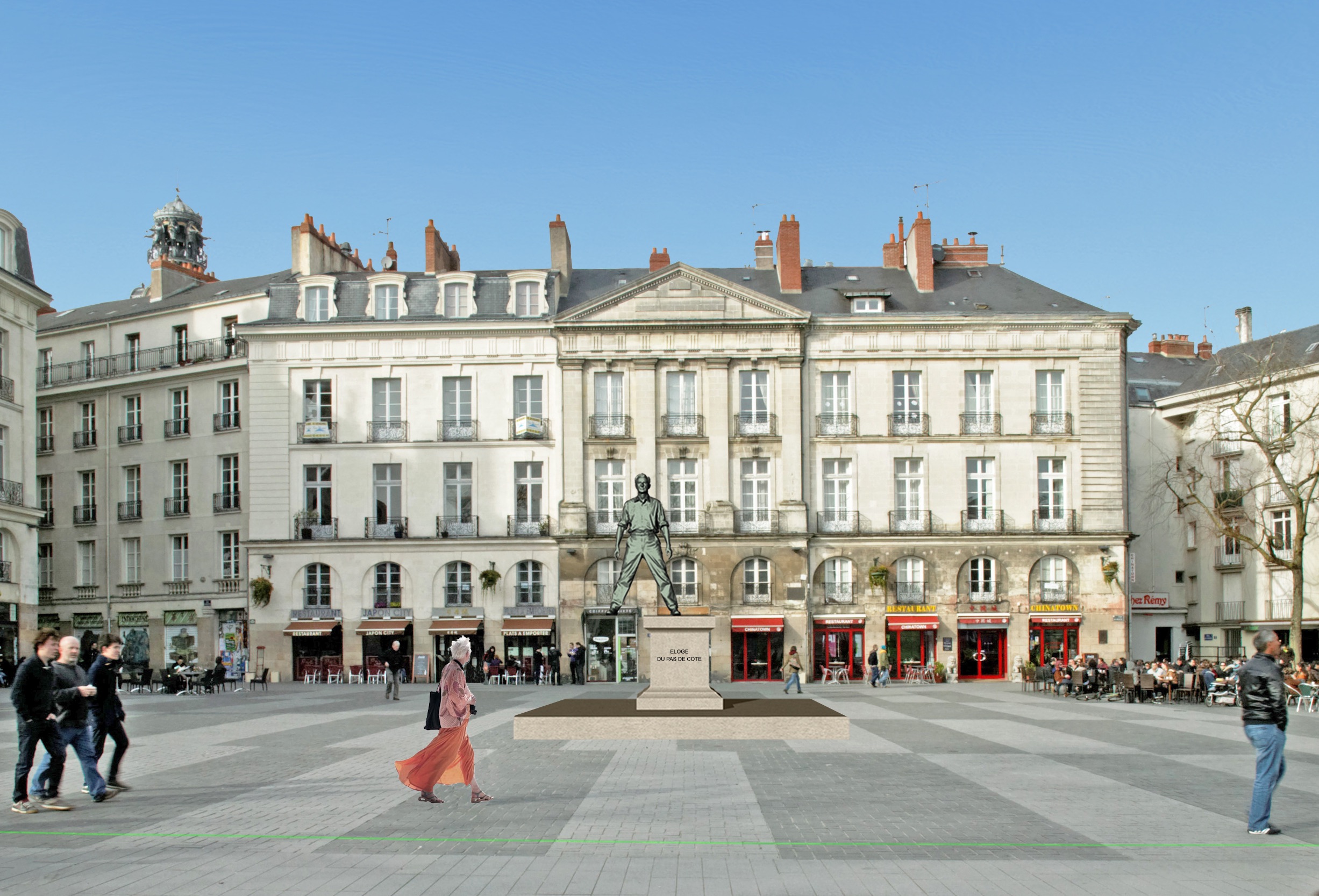
You can ride an elephant in Nantes. Not a real one, mind. The forty-foot-high, moving, mechanical beast can carry forty-nine people, and is one of the city’s most famous attractions. The Grand Elephant, as it’s known, is one of several robotic animals who roam at the Machines De L’Île, a project founded by French artists François Delarozière and Pierre Orefice, which opened in 2007 and occupies old shipyards. It has been significant in building Nantes’s contemporary cultural image. France’s sixth-largest city lacks Paris’s sophistication and Marseille’s edginess, but since the 1990s, a campaign for cultural regeneration has reimagined it as the seat of surrealism, proudly embracing the words of André Breton who famously declared the city a place “where I have the impression that something worthwhile may happen to me”.

Nantes has a dark past: slavery made it rich. The port was responsible for almost half of the French trade, and transported more than half a million slaves across the Atlantic over the course of a century. In the subsequent years the city buried its history, but in 2012 the Memorial to the Abolition of Slavery (designed by Krzysztof Wodiczko and architect Julien Bonder) was inaugurated. It features 2000 glass plaques that run along the Fosse quay, named after the ships that left the port.
“During the summer the city becomes everyone’s garden”
Nantes has struggled to establish itself culturally, but today it has a different story to tell, promoting itself as green, biodiverse and an exponent for public arts. Blue chip commercial enterprises may not have a presence, but among the yearly events is La Folle Journée (The Mad Day), the largest classical music festival in France, and Le Voyage à Nantes, an annual public art festival (this year from 30 June until 26 August) directed by Jean Blaise. The publicly-funded, public-facing, city-wide event brings more than fifty artists to Nantes this year. Artworks will occupy different parts of the city, turning urban squares into whimsical installations that adhere to an image of the surreal. According to the organizers “During the summer the city becomes everyone’s garden.”

On Place Graslin, the well-known brasserie La Cigale boasts beautiful art nouveau decor, virtually untouched since the 1800s. Once a haunt for the rich bourgeoisie, it’s now a favoured stop for brunch. Not far away on Rue Contrescarpe is another of Nantes’s culinary institutions, Fromagerie Pascal Beillevaire, where you can sample mouth-watering local cheeses like Machecoulais from the marshes of the Vendée, or Lingot cendre, alongside their speciality beurre sale (salted butter).
Cheese heaven leads to another square on the festival route: the pretty Place Royale is a few minute’s walk away. As part of Le Voyage 2018, Michel Blazy has transformed Henri-Théodore Driollet’s 1865 fountain, redirecting the water to spray the square and surprise passers-by—a cheeky comment on our attempt to force nature to do what we want.
“Could there be anything more French than blue cheese crème brûlée?”
After a six-year closure the newly renovated Musée d’arts de Nantes recently reopened, and its new premises bring together its historic collection with temporary exhibitions that are more à la mode. An interactive video installation by the late French artist Thierry Kuntzel is currently on show. It is titled The Waves in a homage to Virginia Woolf’s experimental work of the same title. Seen in Nantes, the work takes on the weight of its history once again, as parallels are drawn with the bodies that travelled on the water from the Loire to the Atlantic. Meanwhile, on the patio, James Turrell’s Cherry (1998), is both a crowd-pleaser and an apt choice for summer, matching Le Voyage’s concept of the city as a garden of caprice and fantasy.

Food in Nantes is not as chic as elsewhere, but this is still France: if a goûter is in order, you might try a slice of gâteau nantais—the simple and delicious Nantes-style pound cake. And could there be anything more French than a blue cheese crème brûlée? It’s on the menu at the popular Pickles restaurant, though it is actually the invention of an Englishman, chef Dominic Quirke. For other options, try a moreish local petit-beurre (butter biscuit) or visit the LU factory that once made them. It is now Le Lieu Unique, one of Nantes’s most prominent and active contemporary arts spaces, with a programme of dance, theatre, circus performances, concerts and exhibitions. Mangasia, a huge exploration of Manga art from Asia, opens on 22 June.

Meander past the Château des Ducs de Bretagne and you’ll find Place du Bouffay, which has been reimagined by Philippe Ramette with the sculpture Éloge du pas de Côté (part of a series). It’s a subversive take on the pompous patriarchal statue, as a bronze suited man appears to defy gravity as he stands proudly with one foot on a plinth, while the other is suspended in midair.
The city as a romantic, cinematic setting is essential to Jacques Demy’s Jacquot de Nantes (1991). In this intimate filmic portrait Agnès Varda captures her late husband’s love of his hometown, but it is Demy’s underrated 1961 New Wave feature Lola that perhaps captures its essence best. Just like the film’s happy-go-lucky protagonist, Nantes attracts dreamers.





